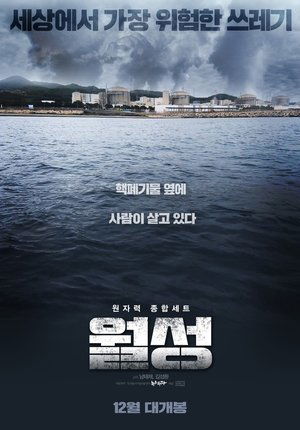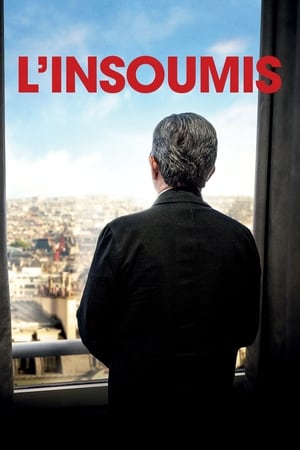

Fission(2025)
The climate crisis, Germany’s nuclear phase-out and Russia’s war against Ukraine are just three of the heavy pieces in the dramatic game about the future of energy. Caught in the middle are two small towns with barely a thousand residents each: Gundremmingen in Bavaria, home to a shuttered nuclear plant, and Choczewo on Poland’s Baltic coast, where the country’s first facility is now under construction. What do the good people on the ground think about it all?



Movie: Fission

Spaltung
HomePage
Overview
The climate crisis, Germany’s nuclear phase-out and Russia’s war against Ukraine are just three of the heavy pieces in the dramatic game about the future of energy. Caught in the middle are two small towns with barely a thousand residents each: Gundremmingen in Bavaria, home to a shuttered nuclear plant, and Choczewo on Poland’s Baltic coast, where the country’s first facility is now under construction. What do the good people on the ground think about it all?
Release Date
2025-05-22
Average
5.5
Rating:
2.8 startsTagline
Genres
Languages:
DeutschPolskiУкраїнськийKeywords
Recommendations Movies
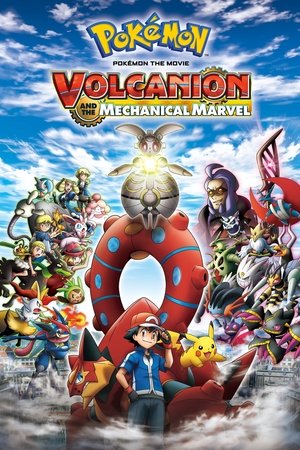 6.7
6.7Pokémon the Movie: Volcanion and the Mechanical Marvel(ja)
Ash meets the Mythical Pokémon Volcanion when it crashes down from the sky, creating a cloud of dust—and a mysterious force binds the two of them together! Volcanion despises humans and tries to get away, but it’s forced to drag Ash along as it continues its rescue mission. They arrive in a city of cogs and gears, where a corrupt official has stolen the ultimate invention: the Artificial Pokémon Magearna, created 500 years ago. He plans to use its mysterious power to take control of this mechanical kingdom! Can Ash and Volcanion work together to rescue Magearna? One of the greatest battles in Pokémon history is about to unfold!
 6.2
6.2Christmas Next Door(en)
Eric Randall, an author of bachelor lifestyle books, is left in charge of his young niece and nephew for the holidays. Eric turns to his neighbor April, a lover of all things Christmas, for help.
 6.0
6.0Christmas Wonderland(en)
Heidi, who initially left her small town of Pleasant Valley with the dream of one day becoming a successful painter, has put her own art on hold to excel as an art gallery curator. Now, a week before the gallery’s big Christmas party, she must return home to watch her niece and nephew. She comes face to face with her high school love, Chris, now a teacher, and offers to help him find a new last-minute location for the Christmas dance.
 5.8
5.8Jessica Darling's It List(en)
Jessica Darling – a smart, witty, opinionated girl heading into 7th grade – was never too concerned about where she'd fit in the middle school hierarchy. But before her first day of school, her older sister — the super popular Bethany, now in college—decides to help out by giving her the “It List”—a cheat sheet on how to navigate the middle school maze and rise to the top of the popularity chain. The instructions appear simple enough to follow, but, like life, nothing is as easy as it seems.
 6.4
6.4The Knight Before Christmas(en)
A medieval English knight is magically transported to present day where he ends up falling for a high school science teacher.
 7.3
7.3Badhaai Ho(hi)
A 25-year-old man tries to suppress his embarrassment when his mother announces that she is pregnant.
 7.1
7.1High Strung(en)
When a hip hop violinist busking in the New York subway encounters a classical dancer on scholarship at the Manhattan Conservatory of the Arts, sparks fly. With the help of a hip hop dance crew they must find a common ground while preparing for a competition that could change their lives forever.
Hello(en)
The film tells the story of three best friends named Ako, Aki and Awang, who are well-known in their village for their mischievous and humourous pranks. The trio work for Pak Man. One day, they are assigned to pick up his daughter Misha, who has just returned from overseas and dreams of becoming a doctor. The trio have been in love with her for a long time but she does not pay them any heed. When Misha is robbed by a snatch thief one day, she is rescued by a doctor named Shafiq. Her face reminds the doctor of his late wife, and he begins to pursue her, which annoys the trio.
 7.3
7.3Maleficent: Mistress of Evil(en)
Maleficent and her goddaughter Aurora begin to question the complex family ties that bind them as they are pulled in different directions by impending nuptials, unexpected allies, and dark new forces at play.
 9.9
9.9The Way to the Heart(en)
Ava, an award-winning chef at a big-city restaurant, has lost her spark. Her boss sends her out to find herself to save her menu and her job. She returns home and finds little to inspire her, but when she reunites with her childhood friend Logan, Ava has to get her head out of the clouds and her foot out of her mouth to rediscover her passion for food.
 6.4
6.4The Room(en)
Kate and Matt discover that a part of their house can grant wishes. In the wake of two miscarriages, what they want most is a child.
 6.4
6.4Someone Great(en)
An aspiring music journalist lands her dream job and is about to move to San Francisco when her boyfriend of nine years decides to call it quits. To nurse her broken heart, she and her two best friends spend one outrageous last adventure in New York City.
 6.0
6.0Transformer(en)
In the summer of 2015, former US Marine and world record weightlifter Janae Marie Kroczaleski was publicly outed as being transgender. The reaction was universal: her sponsors abandoned her, she was disowned by her parents and banned from competing. This film follows Janae as she attempts to find her place in society. Initially wanting to strip off the muscle and become a much smaller looking woman, she found herself unable to lose the muscle she so desperately gained. She now finds herself living one day as an alpha male and the next day as a delicate girl. Will Janae be able to handle her muscle relapses? Will her passage from being a male bring her the peace she's looking for? Will society accept a 250lbs muscular woman? Is her path personal redemption or physical and psychological disaster?
 7.2
7.2Ali Wong: Baby Cobra(en)
Ali Wong might be seven-months pregnant, but there’s not a fetus in the world that can stop this acerbic and savage train of comedy from delivering a masterful hour of stand-up.
 6.2
6.2All the Freckles in the World(es)
Teen comedy set in the school-year of 1994. José is the new kid on high-school, falling immediately for the popular and freckled Christina. Trying to impress her, he's going to unsuccessfully join the soccer try-outs. Is he shooting way out of his league?
 6.5
6.5Holiday in the Wild(en)
When her husband abruptly ends their marriage, empty nester Kate embarks on a solo second honeymoon in Africa, finding purpose and potential romance.
 6.4
6.4WrestleMania 41: Sunday(en)
John Cena vies for his record 17th World Title when he challenges Cody Rhodes for the Undisputed WWE Championship at Allegiant Stadium in Las Vegas.
 8.4
8.4Bring the Soul: The Movie(ko)
A glimpse into K-pop group BTS’ world away from the stage, featuring intimate group discussions alongside spectacular concert performances from their world tour.
 5.8
5.8Christmas with a View(en)
This Christmas, Thunder Mountain Ski Resort is abuzz when celebrity chef Shane Roarke is named the new head chef. Clara Garrison isn't as excited and is instead focused on getting resettled after her failed attempt at opening a restaurant in the city. With their paths constantly crossing, will their shared passion for cooking bring them together or will secrets keep them apart?
Similar Movies
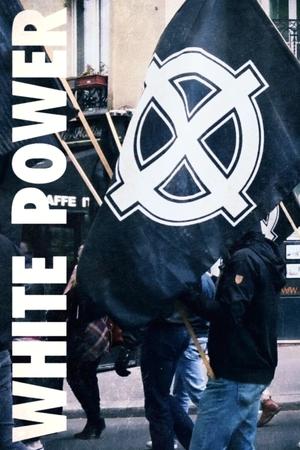 5.0
5.0White Power: Inside Europe's Far-Right Movement(fr)
An analysis of the rise of the European far-right, increasingly present in both politics and everyday life: an inquisitive journey through France, Germany and Belgium.
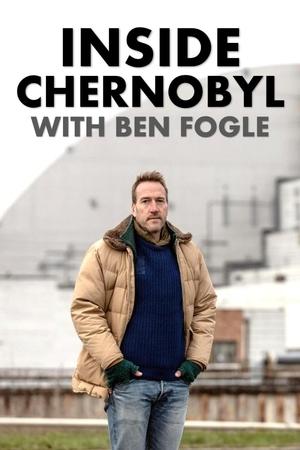 7.6
7.6Inside Chernobyl with Ben Fogle(en)
Ben Fogle spends a week living inside the Chernobyl Exclusion Zone, gaining privileged access to the doomed Control Room 4 where the disaster first began to unfold.
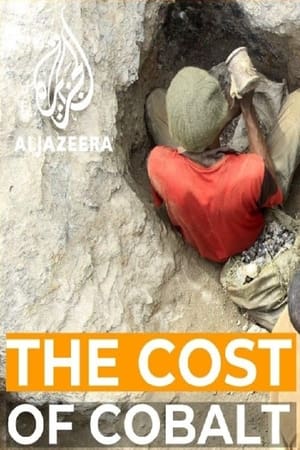 0.0
0.0The Cost of Cobalt(en)
In the cobalt mining areas of Katanga in the Democratic Republic of the Congo (DRC), babies are being born with horrific birth defects. Scientists and doctors are finding increasing evidence of environmental pollution from industrial mining which, they believe, may be the cause of a range of malformations from cleft palate to some so serious the baby is stillborn. More than 60% of the world’s reserves of cobalt are in the DRC and this mineral is essential for the production of electric car batteries, which may be the key to reducing carbon emissions and to slowing climate change. In The Cost of Cobalt we meet the doctors treating the children affected and the scientists who are measuring the pollution. Cobalt may be part of the global solution to climate change, but is it right that Congo’s next generation pay the price with their health? Many are hoping that the more the world understands their plight, the more pressure will be put on the industry here to clean up its act.
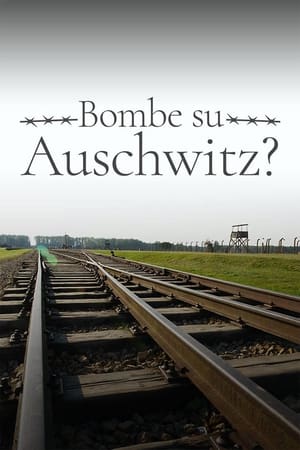 7.5
7.51944: Should We Bomb Auschwitz?(it)
In 1944, two prisoners miraculously escaped from Auschwitz. They told the world of the horror of the Holocaust and raised one of the greatest moral questions of the 20th century.
 7.0
7.0Nuclear Now(en)
With unprecedented access to the nuclear industry in France, Russia, and the United States, Nuclear Now explores the possibility for the global community to overcome the challenges of climate change and energy poverty to reach a brighter future through the power of nuclear energy. Beneath our feet, Uranium atoms in the Earth’s crust hold incredibly concentrated energy. Science unlocked this energy in the mid-20th century, first for bombs and then to power submarines. The United States led the effort to generate electricity from this new source. Yet in the mid-20th century as societies began the transition to nuclear power and away from fossil fuels, a long-term PR campaign to scare the public began, funded in part by coal and oil interests.
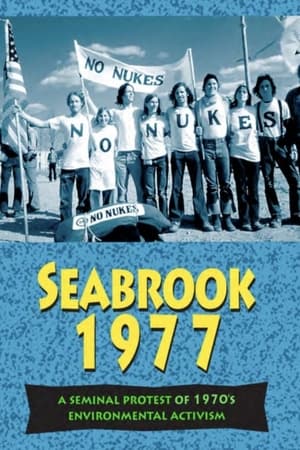 0.0
0.0Seabrook 1977(en)
In April 1977, the small coastal town of Seabrook, New Hampshire became an international symbol in the battle over atomic energy. Concerned about the dangers of potential radioactive accidents, over 2,000 members of the Clamshell Alliance, a coalition of environmental groups, attempted to block construction of a nuclear power plant. 1,414 people were arrested in that civil disobedience protest and jailed en masse in National Guard armories for two weeks.
 6.3
6.3Radioactive: The Women of Three Mile Island(en)
In this thrilling documentary, indomitable women fight back against the nuclear industry to expose one of the biggest cover-ups in US history: the 1979 Three Mile Island meltdown and its aftermath. The film reveals the never-before-told stories of four intrepid homemakers who take their case all the way to the Supreme Court, and a young female journalist who's caught in the radioactive crossfire.
 6.0
6.0We Are the Guinea Pigs(en)
Farmers and parents of young children, who live in the Harrisburg, Pa., area, discuss their fears of radioactive contamination from the Three Mile Island nuclear reactor accident in 1979. Scientists and physicians also expound on the lethal dangers of nuclear power and the risks in containment processes.
 0.0
0.0First Thing Sunday(en)
Jyire holds a motocross race in his hometown, where he must adhere to the park’s restrictions and drown out the public’s concern.
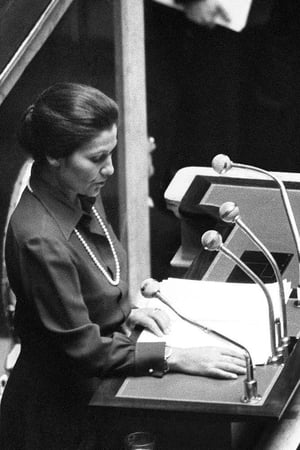 0.0
0.0Simone Veil, une loi au nom des femmes(fr)
The debate in France about the abortion laws in 1974.
Nuclear Fuel Waste Management(en)
A narrated account of Atomic Energy of Canada's plan to construct permanent nuclear waste storage facilities in the geological formations of the Canadian Shield. Commissioned to Westminster Films Limited by the National Film Board for Atomic Energy of Canada Limited, Whiteshell Nuclear Research Establishment.
 7.5
7.5The Battle of Chernobyl(fr)
On April 26, 1986, a 1,000 feet high flame rises into the sky of the Ukraine. The fourth reactor of the Chernobyl nuclear power plant just exploded. A battle begins in which 500,000 men are engaged throughout the Soviet Union to "liquidate" the radioactivity, build the "sarcophagus" of the damaged reactor and save the world from a second explosion that would have destroyed half of Europe. Become a reference film, this documentary combines testimonials and unseen footage, tells for the first time the Battle of Chernobyl.
Sista varningen!(sv)
About the question of whether we should proceed in developing and using nuclear power and the breakdown at Three Mile Island, Harrisburg, Pennsylvania, in March 28, 1979.
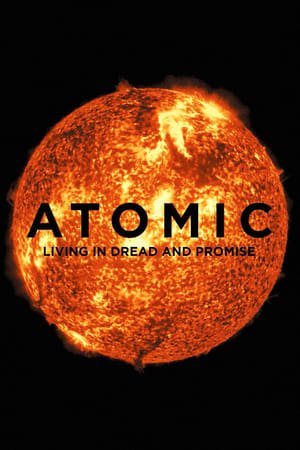 6.6
6.6Atomic: Living in Dread and Promise(en)
Using only archive film and a new musical score by the band Mogwai, Mark Cousins presents an impressionistic kaleidoscope of our nuclear times – protest marches, Cold War sabre-rattling, Chernobyl and Fukishima – but also the sublime beauty of the atomic world, and how x-rays and MRI scans have improved human lives. The nuclear age has been a nightmare, but dreamlike too.
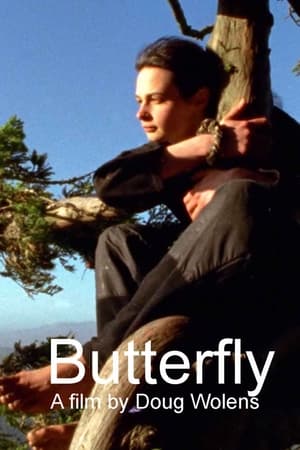 8.0
8.0Butterfly(en)
Living in an ancient redwood tree for more than two years to prevent the tree from being clear-cut, Julia Butterfly Hill captured our hearts and minds by showing us that one person can make a difference. Through interviews with Hill, filmmaker Doug Wolens paints a portrait of an intensely spiritual and articulate woman who encountered both beauty and horror (she was assaulted by lumber company helicopters at one point) during her time above ground.


